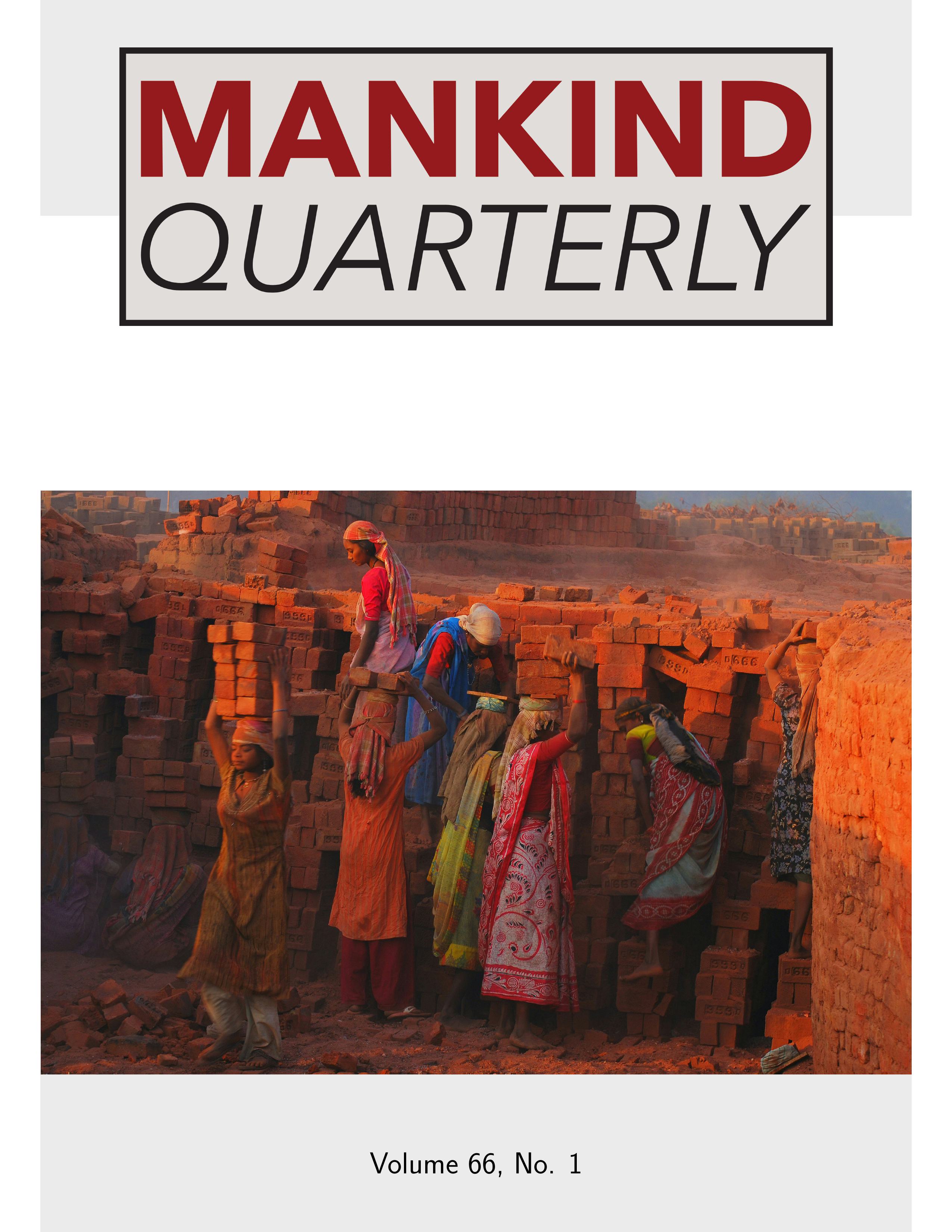Home > Archive > Volume 57, No. 4 > This paper
Admixture in Argentina
Emil O. W. Kirkegaard and John G.R. Fuerst
Published: 2017/06/01
Abstract
Analyses of the relationships between cognitive ability, socioeconomic outcomes, and European ancestry were carried out at multiple levels in Argentina: individual (max. n = 5,920), district (n = 437), municipal (n = 299), and provincial (n = 24). Socioeconomic outcomes correlated in expected ways such that there was a general socioeconomic factor (S factor). The structure of this factor replicated across four levels of analysis, with a mean congruence coefficient of .96. Cognitive ability and S were moderately to strongly correlated at the four levels of analyses: individual r=.55 (.44 before disattenuation), district r=.52, municipal r=.66, and provincial r=.88. European biogeographic ancestry (BGA) for the provinces was estimated from 25 genomics papers. These estimates were validated against European ancestry estimated from self-identified race/ethnicity (SIRE; r=.67) and interviewer-rated skin brightness (r=.33). On the provincial level, European BGA correlated strongly with scholastic achievement-based cognitive ability and composite S-factor scores (r's .48 and .54, respectively). These relationships were not due to confounding with latitude or mean temperature when analyzed in multivariate analyses. There were no BGA data for the other levels, so we relied on %White, skin brightness, and SIRE-based ancestry estimates instead, all of which were related to cognitive ability and S at all levels of analysis. At the individual level, skin brightness was related to both cognitive ability and S. Regression analyses showed that SIRE had little detectable predictive validity when skin brightness was included in models. Similarly, the correlations between skin brightness, cognitive ability, and S were also found inside SIRE groups. The results were similar when analyzed within provinces. In general, results were congruent with a familial model of individual and regional outcome differences.
Download PDF
